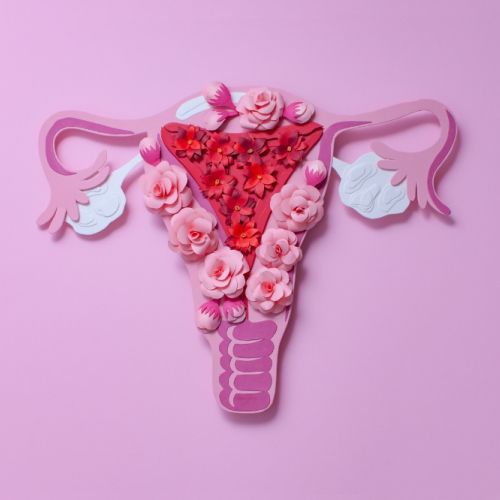Secure Storage of Frozen Eggs and Embryos at CCRH and In Vitrotech Labs

Secure Storage of Frozen Eggs and Embryos at CCRH and In Vitrotech Labs
We at CCRH and In Vitrotech Labs were saddened to hear of the devastating incident involving a cryotank malfunctioning at two fertility centers earlier this month.
We want to reassure our patients that this is an exceedingly rare event and extremely unlikely to happen at our Center.
It is important to understand how cryotanks work. Cryotanks are best thought of as giant thermoses. They are often cylindrical, approximately the size of a washer unit. The tanks have thick insulation in the walls and the bottom, with a thick insulated lid, and are filled with liquid nitrogen. There is no electrical power that keeps the tank cold, it’s the liquid nitrogen contained in the tank that maintains the low temperature.
Liquid nitrogen boils at minus 196 degree Celsius. The temperature at the surface of the liquid will always be warmer, and therefore the liquid nitrogen is constantly evaporating and will therefore need to be replenished.
All the eggs, embryos, and sperm are placed in very tiny containers, called “straws and vials” and kept submerged in the liquid nitrogen. At this temperature, there is no biological activity and therefore no deterioration of the biological tissue. As long as the samples are stored completely submerged in the liquid nitrogen, they can be kept indefinitely.
With the reported incidents, the drop in liquid nitrogen level and subsequent temperature fluctuation in the cryotanks may have affected the viability of the eggs and embryos.
At In Vitrotech Labs, our tanks are continuously monitored and equipped with an alarm system. If the liquid nitrogen falls below a threshold, the alarm system will not only sound in the lab, it will also immediately send a first phone call to our lab director. If she doesn’t answer the call, a second phone call from alarm system will be sent to another senior embryologist. If the second phone call is also missed by the senior embryologist, then a third phone call will be sent to our lab assistant—the status of the cryotanks in our lab are monitored 24/7.
Furthermore, the liquid nitrogen level in the cryotanks are visually checked daily, and the tanks refilled to the maximum capacity, “topped-off” every other day. With the lid closed, the normal rate of evaporation in our tanks will take approximately two weeks before the level drops below a concerning threshold. In our laboratory, we additionally set a higher liquid nitrogen threshold to ensure even if the liquid nitrogen level reaches the threshold, specimens stored in the tanks will still be completely submerged in the liquid nitrogen.




